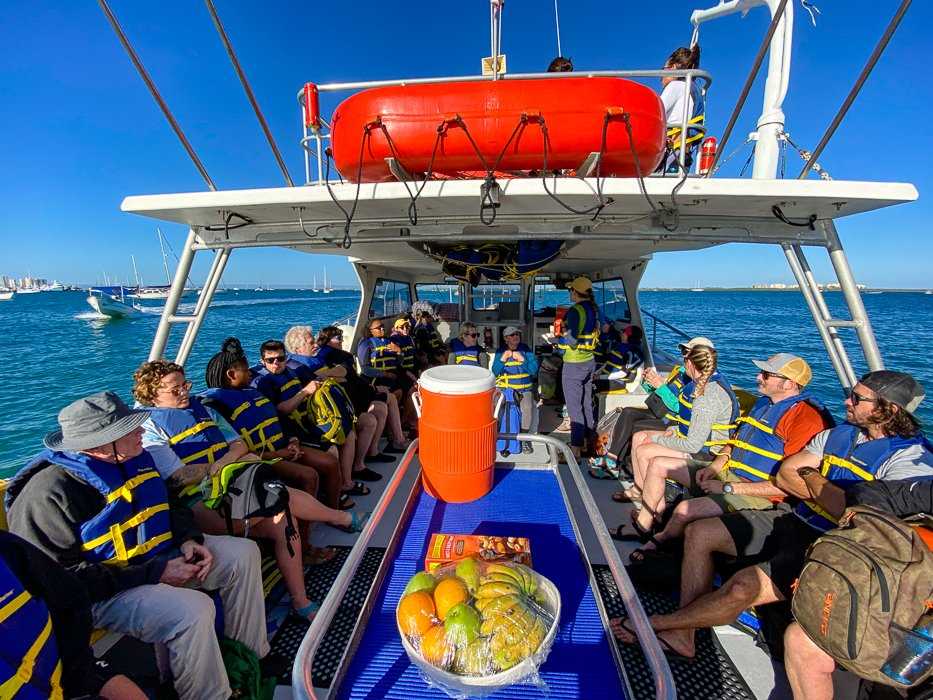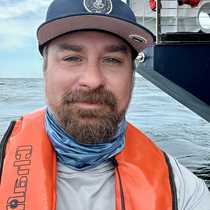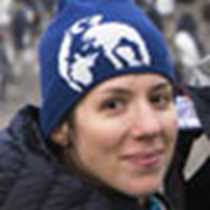Today was the first day of our expedition. With the help of one of our favorite local La Paz vendors, we had an incredible experience here in the Sea of Cortez. We joined FunBaja on two of their vessels and went to a sea lion rookery to go snorkeling for the first time! Along the way, we stopped at a tiny island inhabited entirely of sea birds. After our adventure with FunBaja, we boarded National Geographic Venture and set sail to watch for marine life as we head to our next destination, eager to see what is in store for us tomorrow.
- Daily Expedition Reports
- 07 Jan 2020
La Paz, Mexico, 1/7/2020, National Geographic Venture
- Aboard the National Geographic Venture
- Baja California
Alex Joseph, Naturalist/Certified Photo Instructor
Born and raised in Alabama, Alex's connection to nature took shape as a child living in a state park and then in his formative years spent in Gulf Shores, AL. Where white sandy beaches meet the pine forest of the Southeast.
Read MoreAshley Karitis, Assistant Expedition Leader
Ashley was raised in Central Oregon where she spent her childhood ski racing, riding horses, playing classical piano, and working summer jobs on a dude ranch. She then attended the School of Cinematic Arts at the University of Southern California in ...
Read MoreShare Report
Channel Islands National Park to Baja California
VIEW ITINERARYRelated Reports
12/13/2022
Read
National Geographic Venture
Cabo Pulmo National Park
The sun rose in pink-colored hues over the tiny fishing village of Los Frailes, just as a squadron of local pangueros rounded the corner from Parque Nacional Cabo Pulmo to welcome us to another day of adventure aboard the National Geographic Venture . A breakfast of salsa roja chilaquiles kickstarted us into our first snorkel of the voyage—and what a place to do it! Cabo Pulmo National Park is a jewel of the global “Marine Protected Area” project, a stunning example of how an aquatic community can rebound and thrive if it is freed from extractive pressures and given the time it needs to heal. Once nearly-barren from decades of overexploitation, this 27-square-mile piece of piscine paradise had been set aside as a no-take marine reserve since 1995, thanks to the dedicated efforts and oversight of Cabo Pulmo’s ocean-minded community of residents and expats. The park—which also oversees the northern-most coral reefs of the Pacific Coast of North America and only reef-building coral community in Baja California—has seen its ecosystem rebound almost beyond comprehension, with a biomass surging over 400% in the past 30 years. We spent the morning snorkeling along these as-near-to-pristine reefs, encountering full “emergen-sea rooms” of yellowtail surgeonfishes, resplendent dent wrasses, parrotfishes, moorish idols, pufferfishes, damselfishes, bennies, hawkfishes, groupers and countless tropically influenced swimmers, all communing around corals, sea fans and sponges. Open-ocean passers-by of green, trevally and blue jacks swam by as pompano and cornetfishes chased closely behind. Though the water was chopped by the wind and relatively cool with the approaching winter, we explored throughout the morning until hands were thoroughly pruned and hot showers were extra-appreciated. Chicken tortas powered us into an afternoon of cruising, whale-watching, and learning from National Geographic Exporter John Francis about sustainable tourism. An evening of presentations about the park featuring dive footage from the day left our memory-bellies full for the tomorrow’s final full day of expedition fun. One could say we had experienced Cabo Pulmo-nary Resuscitation… Onward!
12/11/2022
Read
National Geographic Venture
Cabo San Lucas, Los Frailes
Early light painted the granite steeples of Land’s End in beautiful colors as Captain Andrew Cook nosed the National Geographic Venture e ver closer to these iconic rocks. What a beautiful and abrupt end to the Baja Peninsula, where the land plunges into the sea here at the meeting place of the mighty Pacific Ocean and the Gulf of California. Cameras clicked and whirred as we all enjoyed the sight and even the sounds of Finnis Tierra . Traveling further to the east and eventually the north we were in the breeding and calving grounds of the Great New Englander, as the scientific name of the humpback whale translates. Humpback whales have been traveling south with us as we migrated from the cooler California waters into the tropics here at the southern end of the peninsula. In the distance we see tail-lobbing, pectoral fin slapping, and even breaching as we make our way along this coastline. In the afternoon we find ourselves in a protected anchorage called Los Frailes (the Friars). Some of us hike to an estuary to look for birdlife, while others walk the beach in search of treasures. The beach walkers encountered several turtle nests that had been recently abandoned, leaving behind the dried-up eggs that the turtle hatchlings erupted from the nest in. A cold and tasty beverage was there upon our return, along with a lovely campfire, all provided by our amazing hotel department!









